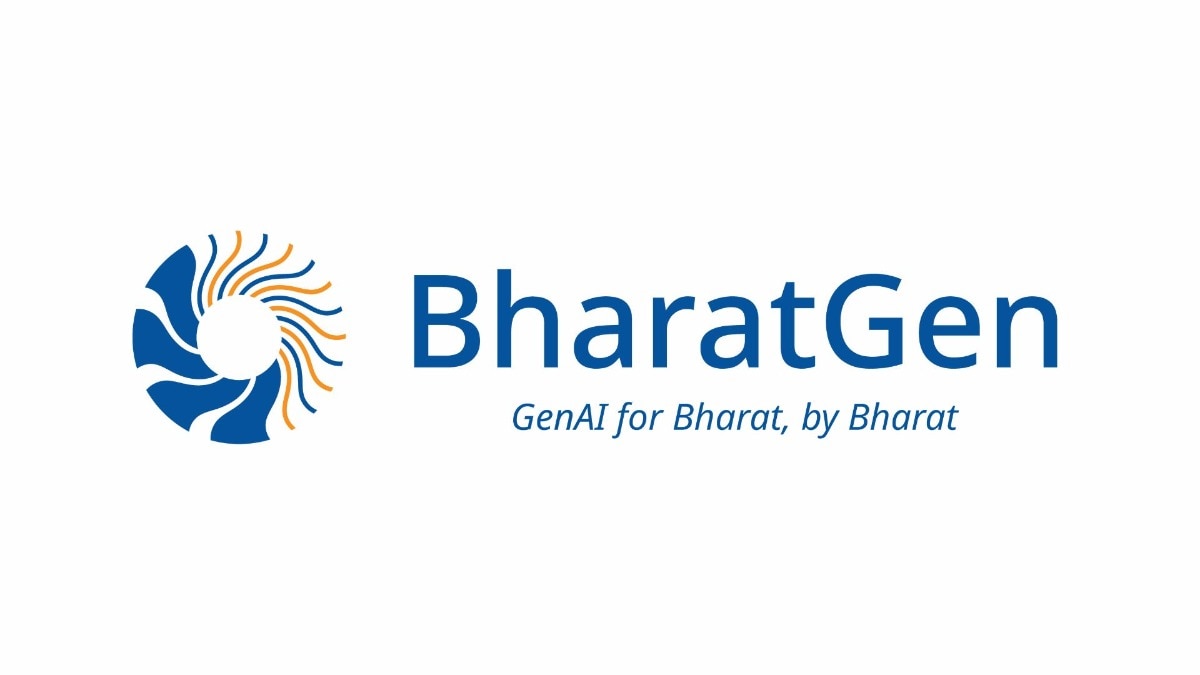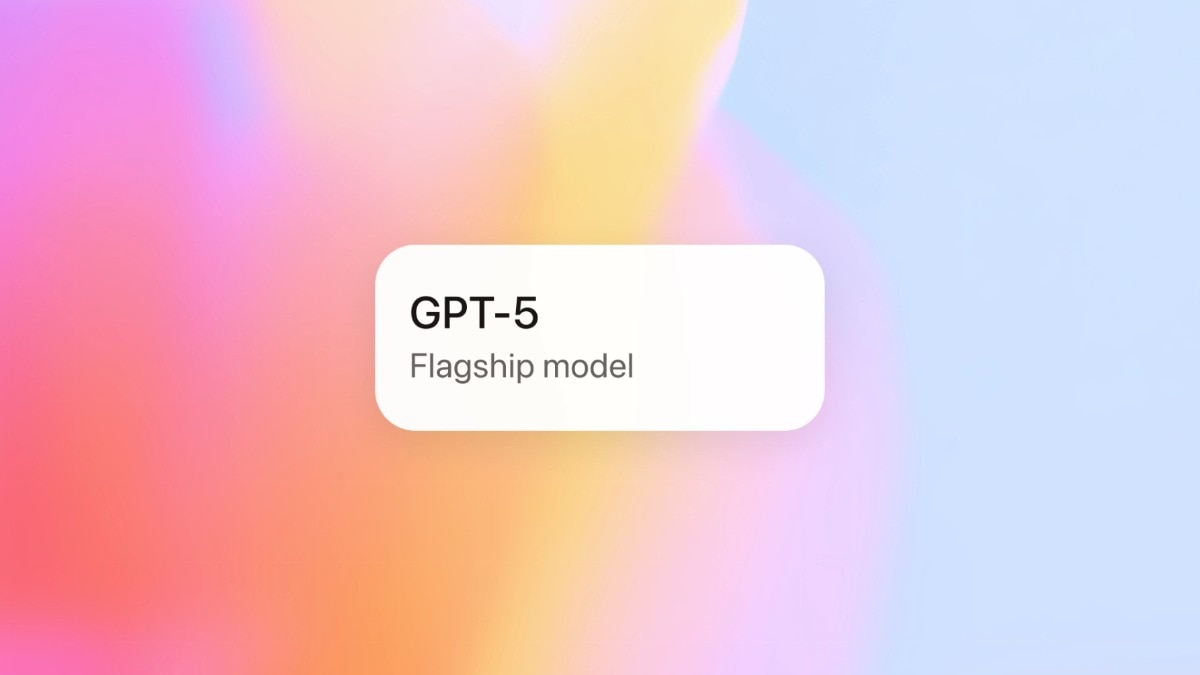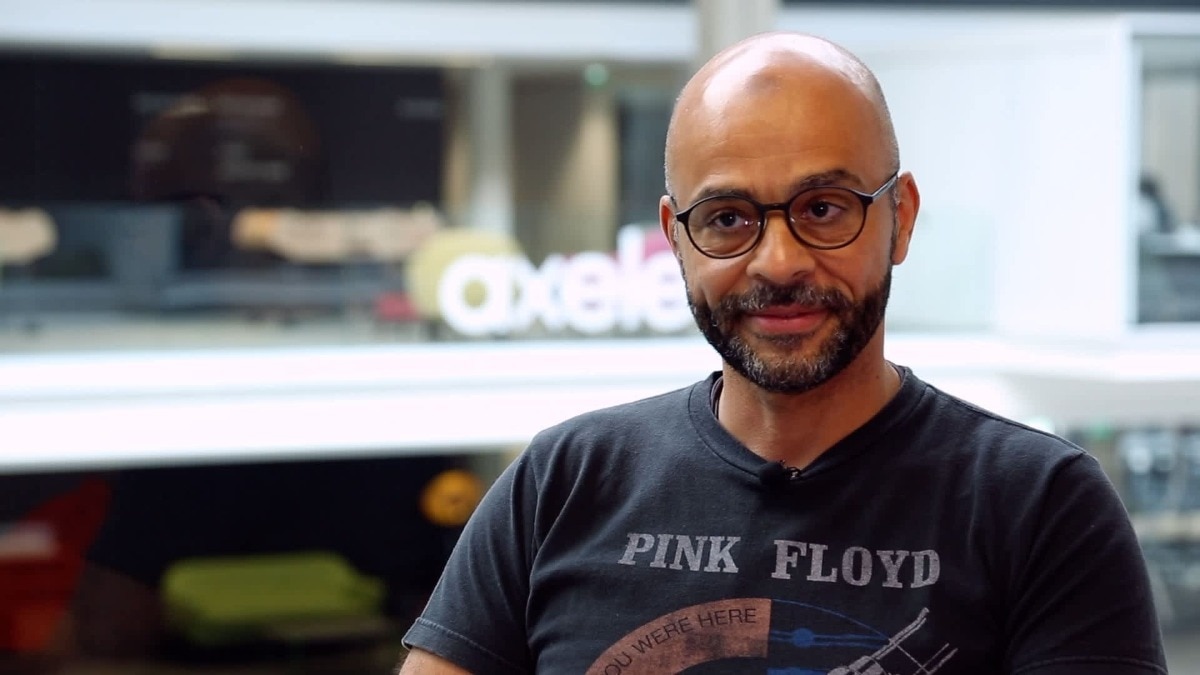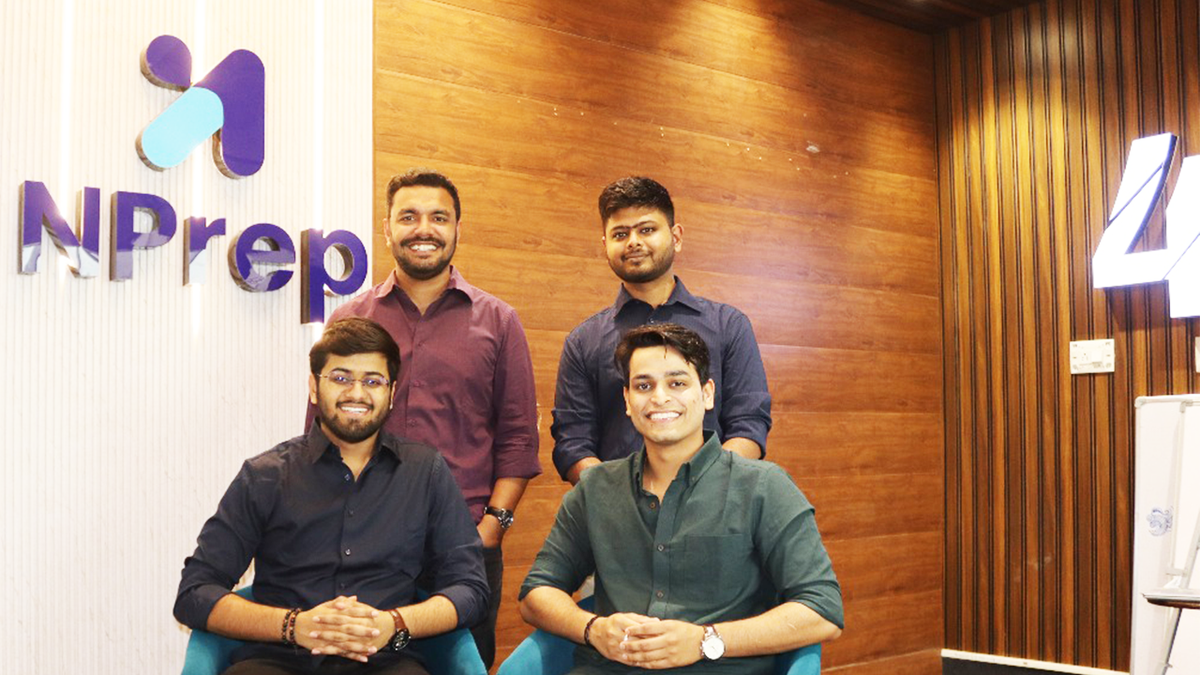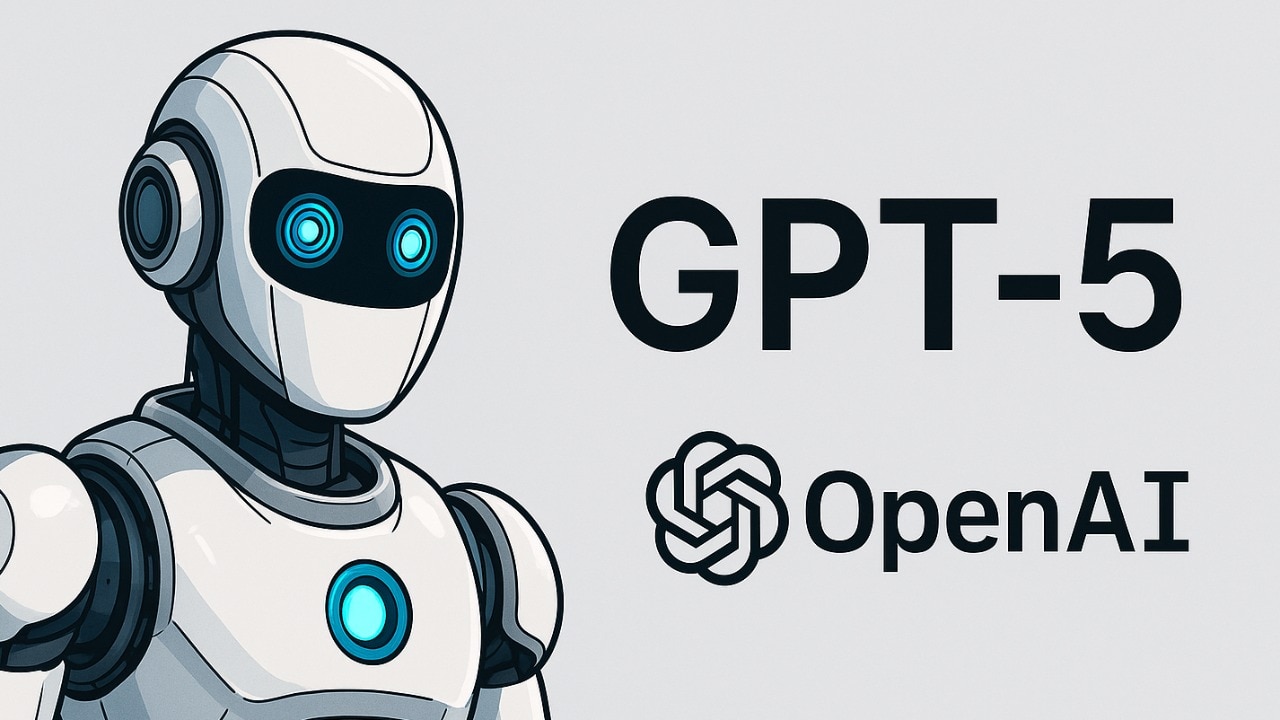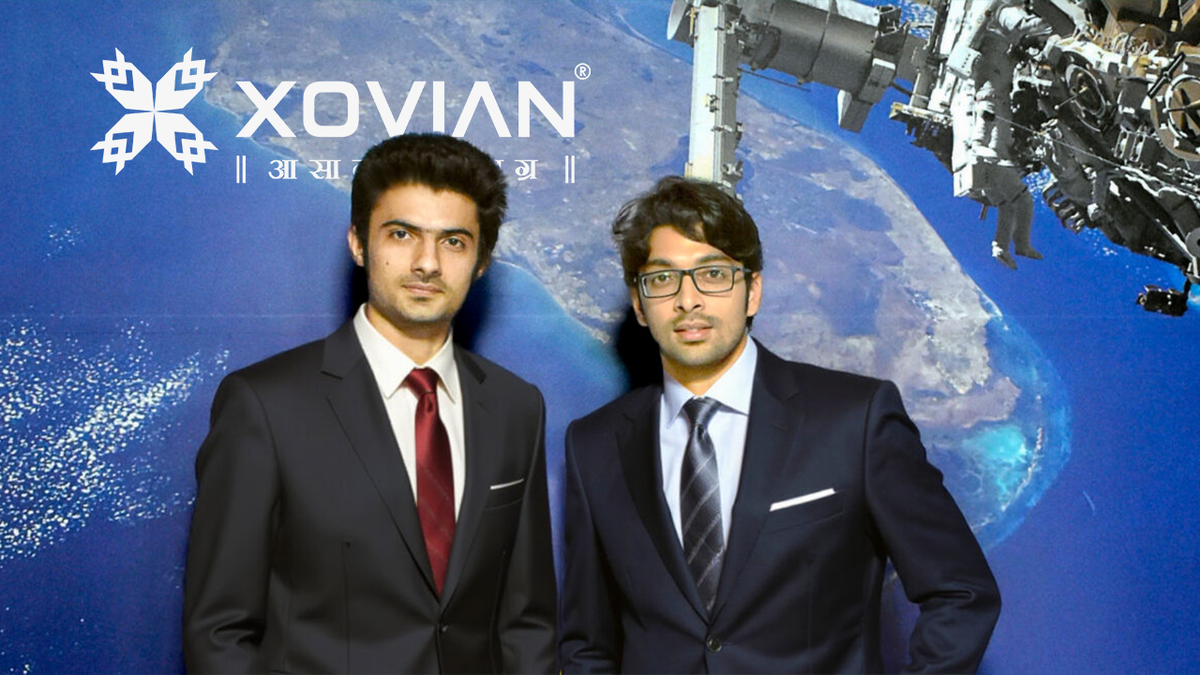“`html
Legal Restrictions on Publicly Available Personal Data for AI Training in India
The Internet and Mobile Association of India (IAMAI) has urged the central government to reduce legal barriers regarding the use of publicly accessible personal data for developing and refining artificial intelligence models.
In a statement released on Thursday, IAMAI indicated that current data protection laws complicate the ability of AI firms to ascertain whether all publicly available personal data has been shared with user consent. According to the Digital Personal Data Protection Act, 2023 (DPDP Act), it is the responsibility of companies to confirm whether such data was willingly provided.
IAMAI highlighted that publicly available data can sometimes be shared again without consent from the original user, particularly in cases where data was disclosed to meet legal obligations and subsequently disseminated by others. This situation poses a challenge for AI developers as they struggle to validate user consent for each data point.
“The Union Government may, as a temporary solution, think about exempting data fiduciaries from the DPDP Act’s requirements when they are handling personal data exclusively for AI model training or enhancement,” the association suggested.
Furthermore, IAMAI communicated with the Ministry of Electronics and Information Technology (MeitY) about potential ambiguities within the DPDP Act that could lead to practical challenges for AI enterprises, especially those that rely on extensive datasets. The association cautioned that imposing limitations on access to publicly available personal data could result in considerable compliance costs, hinder innovation, and disproportionately impact smaller firms and startups involved in AI model development.
The DPDP Act represents India’s all-encompassing data privacy legislation, aimed at reconciling individuals’ rights to safeguard their personal data with the necessity for lawful data usage. It mandates accountability for data fiduciaries in the event of breaches and calls for the implementation of suitable technical and organisational safeguards.
“`

